Do you have room in your holiday calendars for a few wintry Indiana activities? Maybe you’re in need of something to entertain your children over winter break, or you’re in search of fun activities to get yourself in the holiday spirit.
We’re enjoying fairly mild weather now, but there are plenty of activities in Indiana to explore whether the weather is great – or frightful. If you’ve got time in December to get out and enjoy some sights and sounds of the season, here are a few things central Indiana has to offer:
- Festival of Trees: The Indiana Historical Society has 80 Christmas trees decked out in Hoosier-related flair through January 6. Dates, times and ticket prices are available here. You can also check out the Indiana Experience while you’re there.
- Lights at the Brickyard: What’s more Hoosier than the Indianapolis Motor Speedway? Take a drive around the oval and cross over the yard of bricks while you take in over 2.5 million twinkling lights (set to music, if you choose). This year’s expanded route is more than two miles long. Be patient on the weekends for long lines, but weeknights experience typically lighter traffic. Get tickets and times.
- Christmas at the Zoo: Another Indianapolis staple, Christmas at the Zoo features the animals that don’t mind the cold and lights throughout the property. Get tickets online.
- Jingle Rails at the Eiteljorg: If model trains are your thing, this is the place to be. Nine working model trains zip past Indiana landmarks and then out west to some of America’s natural and man-made wonders. New this year is a model train trip to Hollywood. The event runs through January 15. Tickets and dates available here.
- L.S. Ayres Tea Room: Though L.S. Ayres department store closed downtown in 1990, the Indiana State Museum has recreated the famed L.S. Ayres Tea Room as a restaurant with a heaping side of nostalgia for those that recall dining in the original. It’s impressive – the ambiance and lighted windows give the feel of being on the eighth floor of the department store. The tea room is open through January 7 and includes special events such as Santa’s Holiday Breakfasts and Tea with Raggedy Ann.
- Polar Bear Express: Put on by the Indiana Transportation Museum, the Polar Bear Express train ride departs from Kokomo or Logansport and features an approximately 75-minute trip, complete with candy canes, hot cocoa, a holiday story read aloud and, of course, visits from Santa and Mrs. Claus. Tickets are $35 per person (kids too) and reservations are required.
- Veal Family Ice Tree – For several years, my family lived near Shelbyville and when we’d drive on Interstate 74, my brother and I would always keep an eye out for the colorful ice tree that peaked out among the foliage. That’s the Veal Family Ice Tree! While this one is definitely off the beaten path, it’s a nostalgic place for many. The ice tree typically takes shape in January and is melted by March. This one is, of course, dependent on the weather. So, if you’re one of those that loves a freezing winter, take advantage of a Hoosier original! Check their Facebook page for updates.
We know there are many more things to do in Indiana during the winter months than what we have highlighted here. Did we miss one you love? Let us know in the comments! What do you enjoy doing this time of the year?


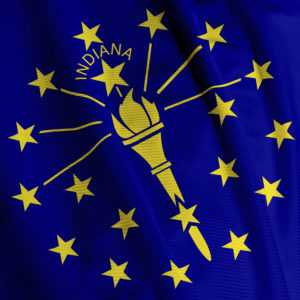
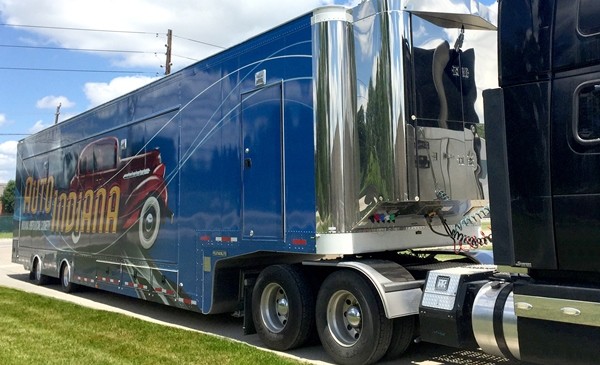 I was granted a sneak peek Thursday of the Indiana Historical Society’s new traveling exhibit, History on Wheels. Housed inside a 53-foot double expandable semi-trailer, the one-of-a-kind exhibit celebrates Indiana’s incredible contributions to the automobile industry within 1,000 square feet of indoor museum space.
I was granted a sneak peek Thursday of the Indiana Historical Society’s new traveling exhibit, History on Wheels. Housed inside a 53-foot double expandable semi-trailer, the one-of-a-kind exhibit celebrates Indiana’s incredible contributions to the automobile industry within 1,000 square feet of indoor museum space.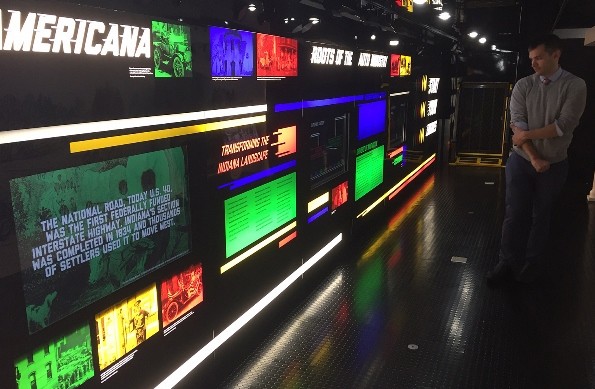
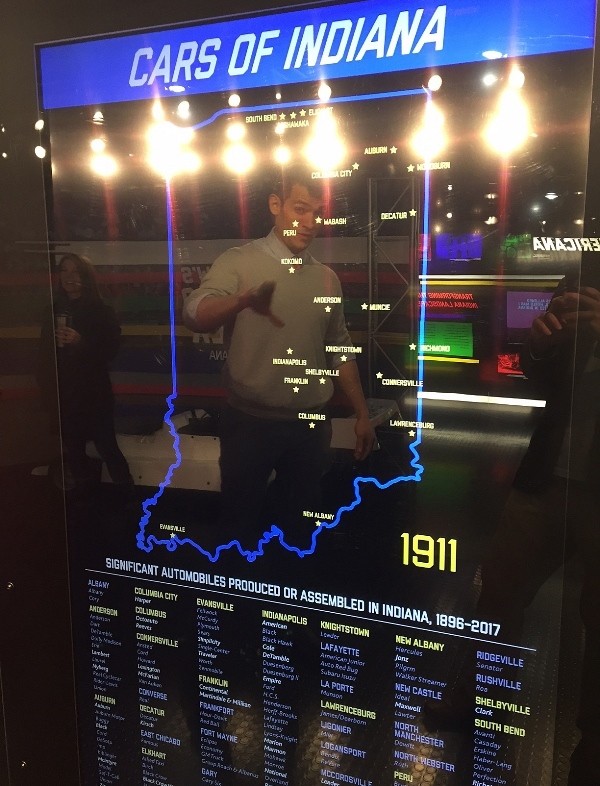
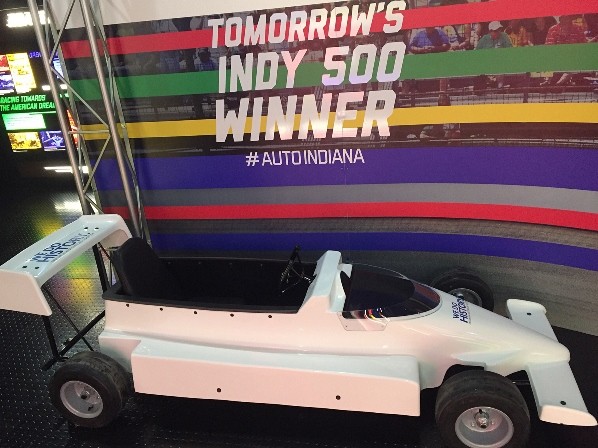
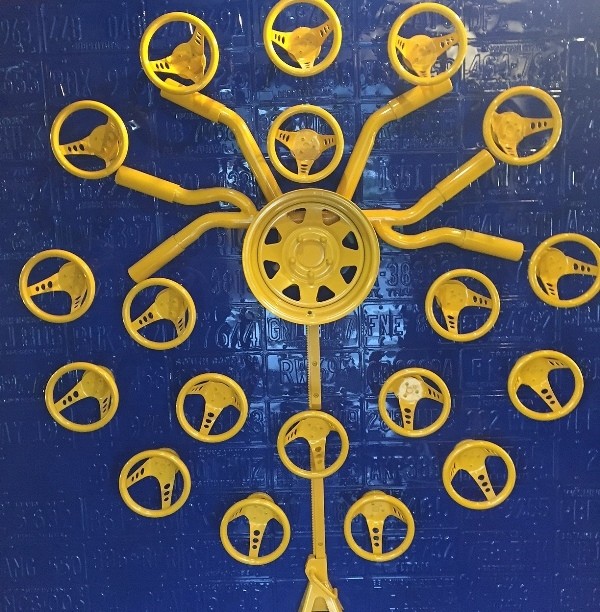
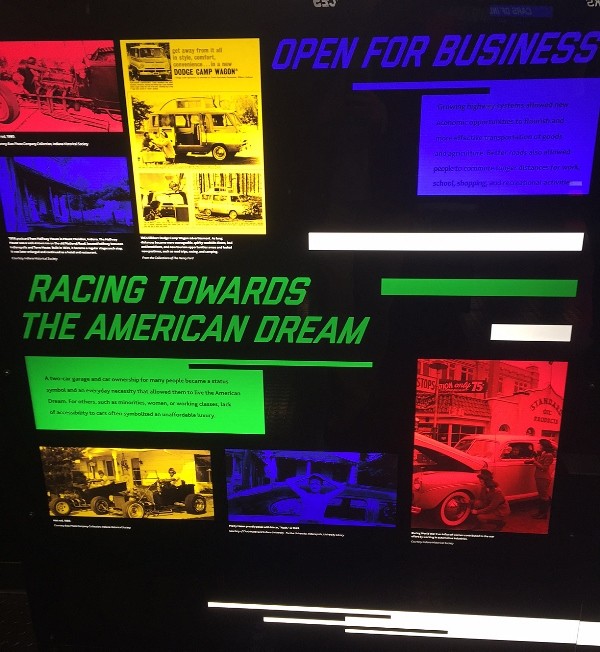
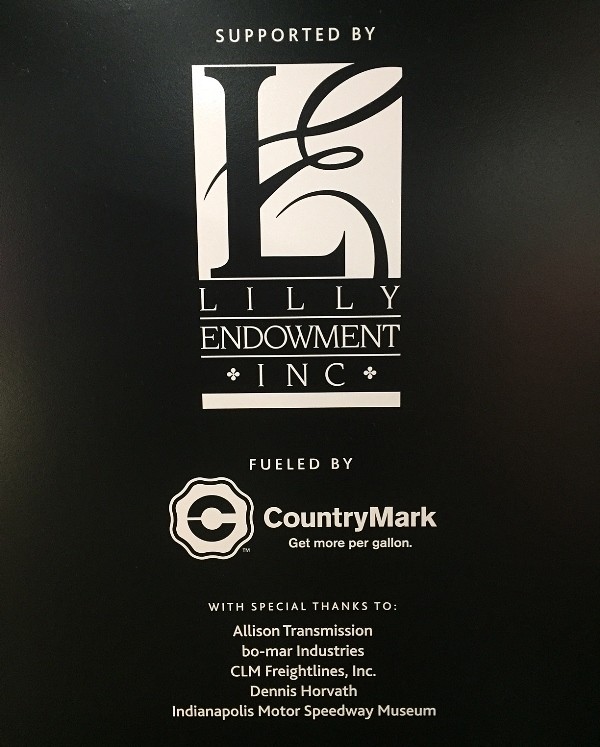
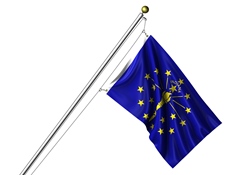 I’d like to start this post by relaying that I am a proud member of the
I’d like to start this post by relaying that I am a proud member of the